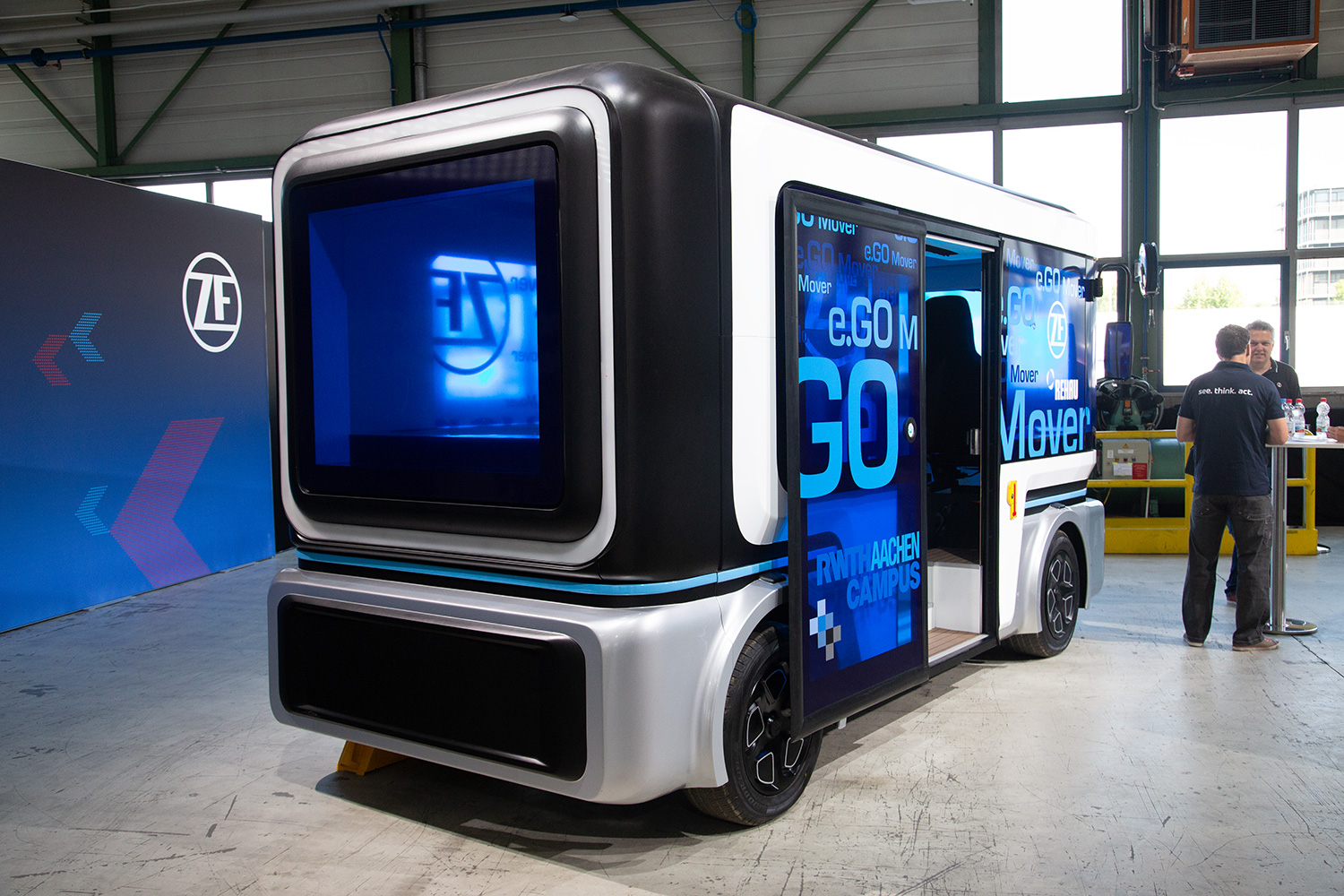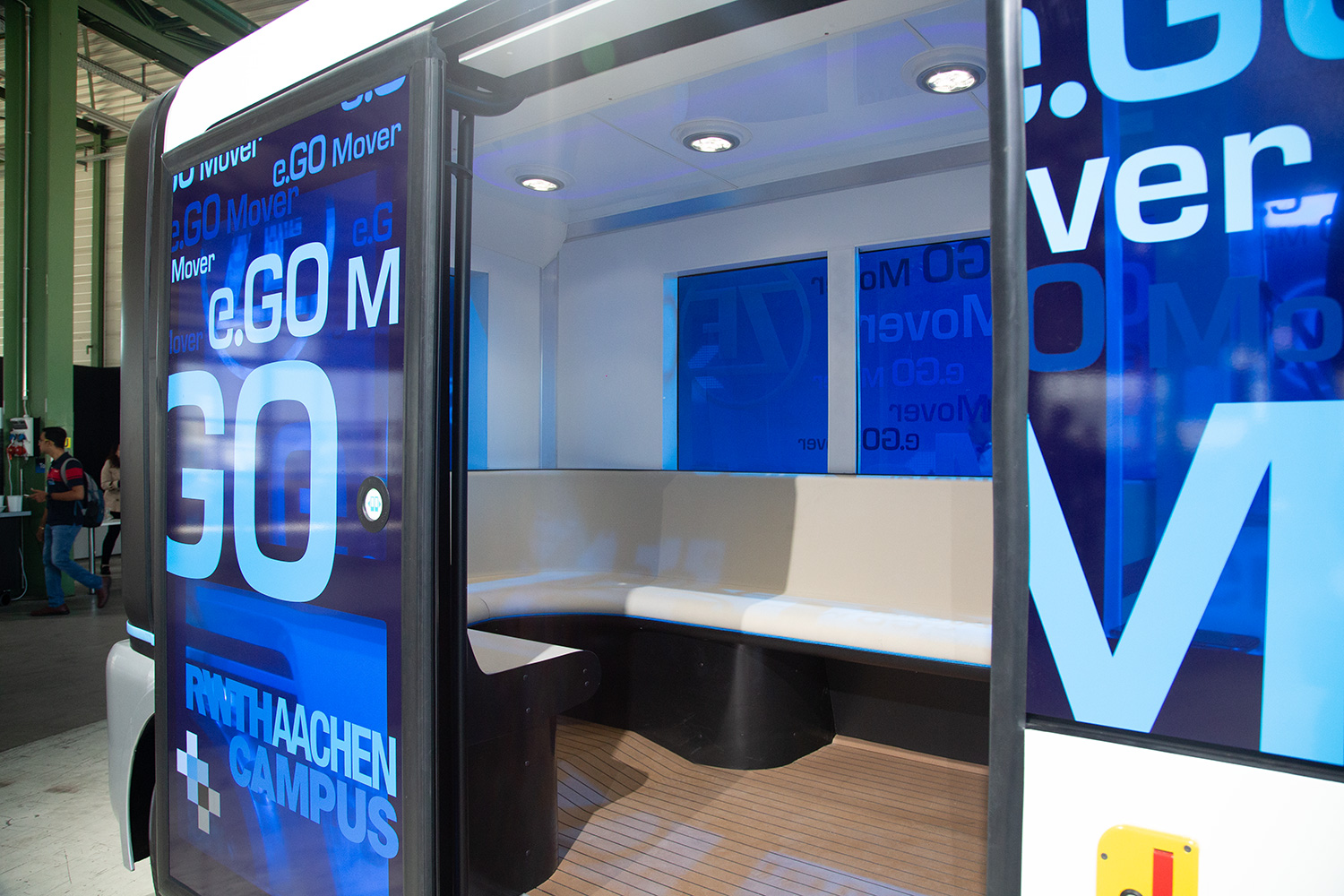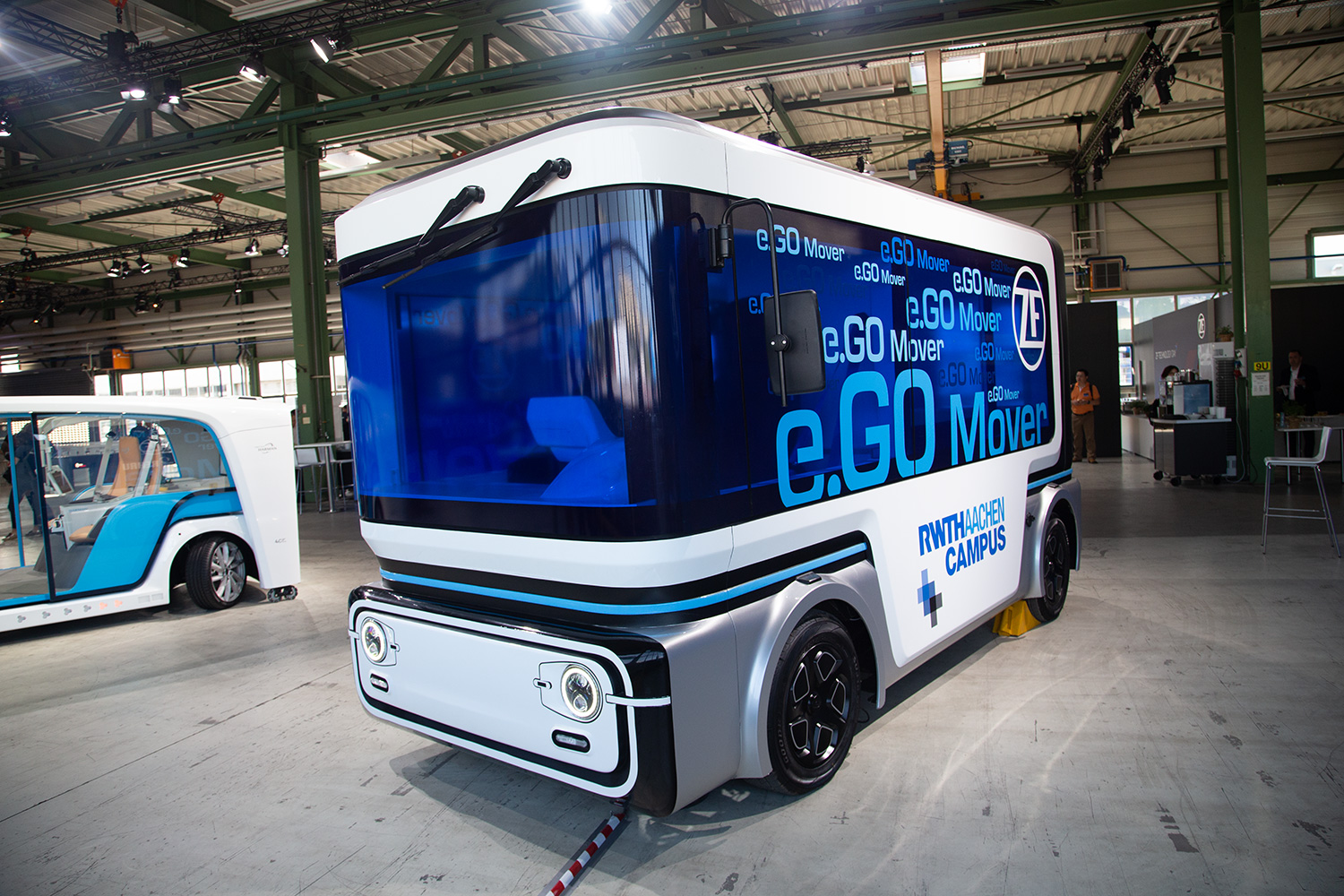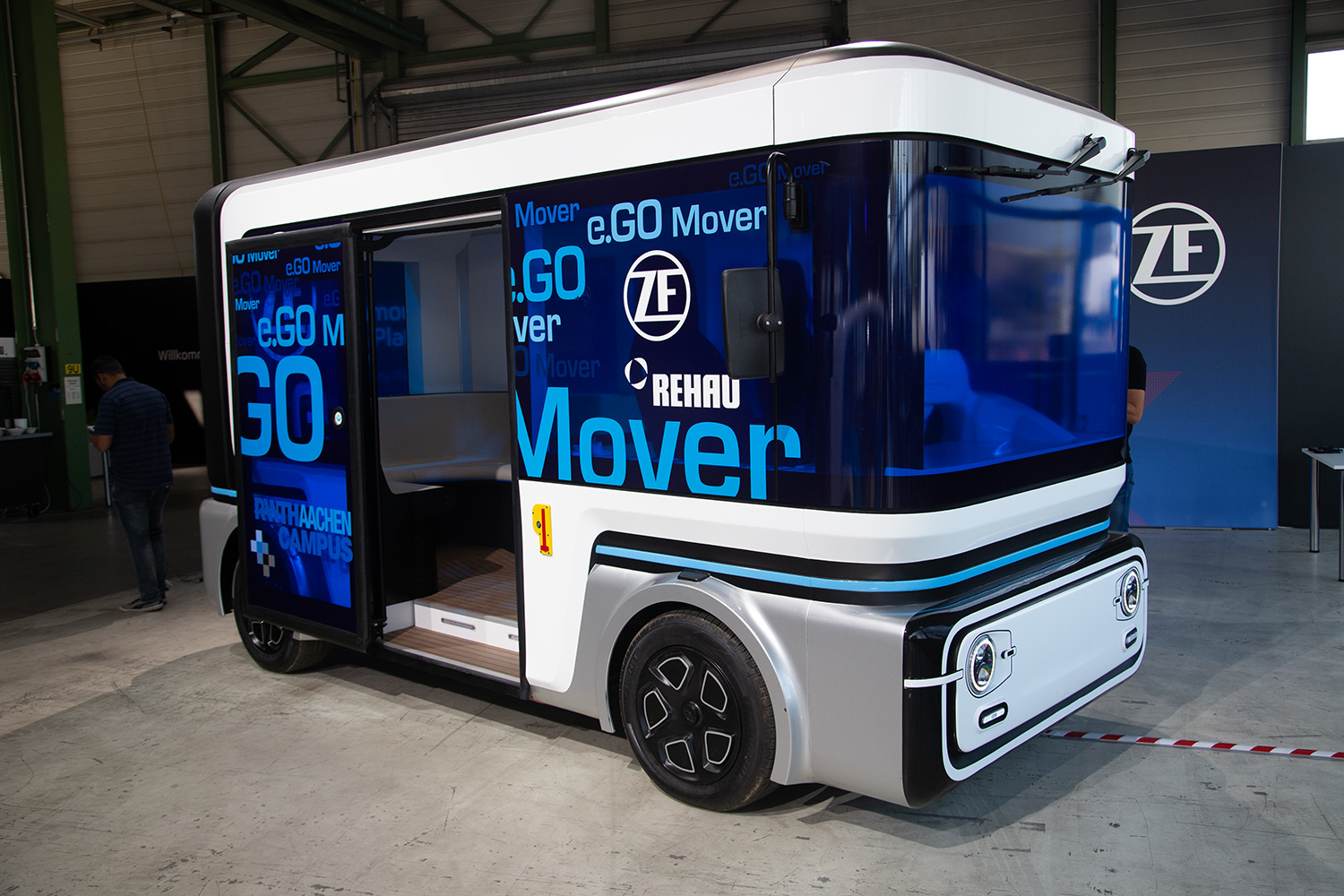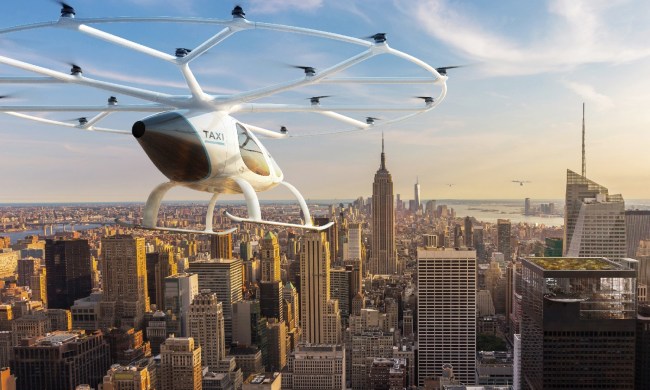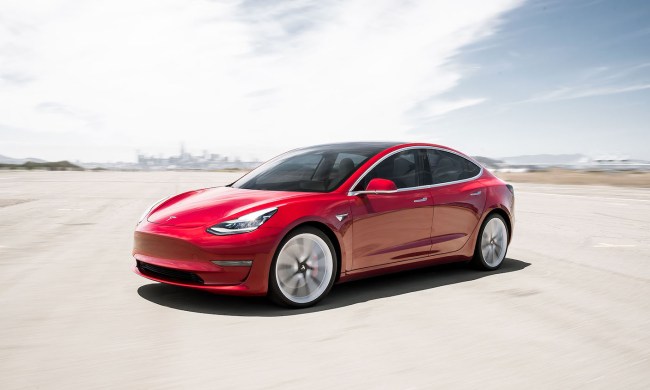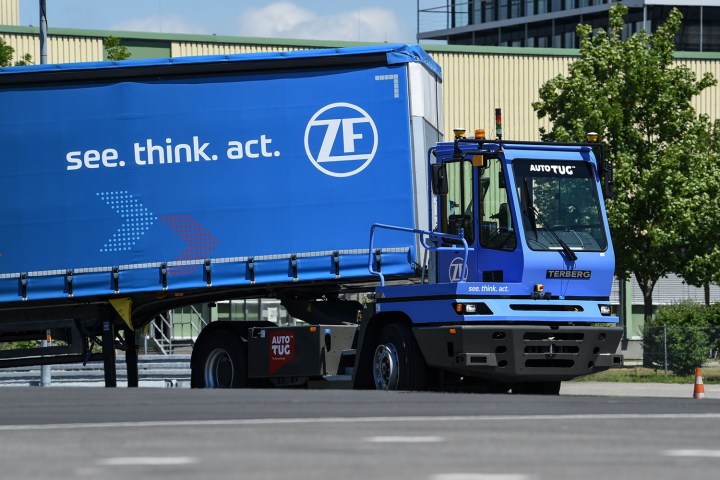
You may know ZF as a major supplier of automatic transmissions and driveline components for companies like BMW, Audi, Land Rover, Porsche, and pretty much all of Fiat-Chrysler Automobiles (FCA). Well, that’s just part of what ZF does.
ZF Friedrichshafen AG, also known as the ZF Group, is a leading German engineering and manufacturing firm. Transmissions aren’t the only things it makes. It also specializes in major auto parts and component supply for road-going commercial vehicles. And it does the same for rail, defense and aviation, marine, and general industrial applications.
Every year, the company holds a major conference at one of its facilities somewhere in Europe or North America. The company invites media from around the world to showcase some of its latest efforts and developments. If there’s one thing the company wants everyone to know, it’s that it’s just as committed as automakers to blazing a trail towards widespread electrification, reducing carbon footprints, and developing autonomous driving tech, safety systems, and inter-vehicle connectivity.
ZF also specializes in major auto parts and component supply for road-going commercial vehicles.
This is in addition to the fact that someone has to make the parts for automakers to build electric and autonomous vehicles. That’s where firms like ZF come into play. But passenger cars aren’t the only vehicles benefiting from electrification and autonomous driving technology.
It’s easy to forget about the other vehicles that we also share the road with daily. Like, the ones that deliver our Amazon Prime Day deals, or the ones that transport goods and freight. Or, how about the ones that move millions of people around in pretty much every major city in the world? Yep, we’re talking buses, trucks, big-rigs, box vans, or essentially, commercial vehicles. ZF is as much of a supplier to all of the manufacturers of those machines as they are for major European and American car companies. And the company is putting forth its efforts in hopes to help make smelly, dirty, diesel-powered commercial vehicles obsolete.
Some of those commercial vehicle manufacturers include: PACCAR (who builds Kenworth and Peterbilt trucks in America, and DAF trucks in Europe), Daimler Trucks North America (Mercedes-Benz and Freightliner Commercial Vehicles), Motor Coach Industries, Prevost, Van Hool, New Flyer, and Volvo Trucks. You’ve probably driven past many of them on the road.
While shifting towards electrification, autonomous driving technology, and intervehicle connectivity has become a leading trend for innovation with passenger cars, the prospects for increasing operational and cost efficiency have greater potential in commercial vehicle applications. Most, if not all, operators run on a premise of efficiency and effectiveness, which includes improving logistics and reducing operational costs. The more efficient a commercial entity is at performing its job, the better it functions.
For example, electrification of buses and trucks can help companies reduce their carbon footprint, dependency on oil, and fuel costs. Autonomous driving technology can potentially make driving safer and reduce downtime for big-rig operators that constantly do cross-country runs. And, intervehicle connectivity can help the managers of these commercial vehicles operate with greater logistical efficiency. It has so much potential that even the government is getting involved as it looks for ways to improve infrastructure as the population grows.
ZF partners with e.GO for autonomous minibuses
Automakers aren’t the only entities interested in self-driving vehicles. Before these can exist, someone has to develop and provide manufacturing resources to make the parts and equipment for such technology to function. That’s particularly where ZF comes in for a recent start-up’s latest effort to introduce autonomous vehicles for intercity people-moving and courier deliveries.
ZF partnered with a German start-up named e.Go to co-develop and produce the world’s first production-ready autonomous, all-electric urban people mover. At ZF Technology Days, both companies held a press conference to announce that series production for this autonomous-capable people-mover and courier vehicle, the e.Go Mover, will begin next year.
The more efficient a commercial entity is at performing its job, the better it functions.
Making the e.Go Mover’s autonomous driving capabilities possible is ZF’s latest artificial intelligence central computer, dubbed ProAI. ZF also provides the e.Go Mover’s 150 kW electric motor powertrain, suspension, and steering components, as well as various types of sensory and computing technology.
With seating up to 10 and standing room for as many as five, the e.Go Mover can be paired with up to a 60 kWh battery for a total operation time of up to 10 hours.
ZF and e.Go hopes the Mover will provide the world with a proof of concept that autonomous, road-going public transportation is possible and ready for implementation in the real-world. But it won’t stop there as they hope the e.Go Mover will also find a space in autonomous vehicles for urban courier and parcel delivery.
Beyond the transmission
If you’ve been on any type of commercial heavy-duty bus, whether it’s a long-distance motor coach or a metropolitan transit bus, you can safely bet there are some ZF components at work. It may not necessarily be in the form of an engine or a transmission, but perhaps a suspension or steering system. Or a sensory network that gives a vehicle blind-spot detection, or optics for a rear-facing reverse camera. The story remains the same with any fairly new truck you drive past on the interstate.

The company’s latest efforts in hybridizing and electrifying the commercial vehicle sector include a new 12-speed automatic transmission with an integrated electric motor for trucks, and a new centralized electric drive unit for vans. There’s also a new portal axle for buses called the AVE 130, which integrates an electric motor into a city bus’s axle, similar to how a Tesla mounts its electric motors on an individual axle. And a new eight-speed automatic transmission for large trucks is in the pipeline.
On the components front, there’s a new electric power steering system for trucks and buses which is designed specifically for commercial vehicles with hybrid and electric powertrains. An electric power-steering assist system helps improve maneuverability, reduce fuel consumption, system weight, and complexity over the traditional hydraulic setup, like in passenger vehicles.
Cars weren’t left out
While ZF’s Technology Days focused on the company’s innovations in the commercial vehicle sector, passenger cars weren’t quite left out, either.
One of two innovations the company is developing is a safety system that notifies drivers when an emergency vehicle is approaching. Even with loud sirens and bright flashing lights, emergency vehicles can be difficult to locate. Engineers developed a safety system that detects a siren and tells the driver which direction it’s coming from. This could potentially reduce the response times of first responders, and it can reduce the number of accidents involving emergency vehicles. ZF isn’t alone; Jaguar showcased similar technology two years ago.
ZF hopes to integrate all mobility expenses into the smartphone experience.
And, to make pay-on-the-go situations easier, such as paying for parking, motorway tolls, or even electricity at a public charger, ZF is currently developing various aspects of e-wallet services. It hopes to allow users to integrate all of their mobility expenses into the smartphone experience with wireless connectivity.
Although very early in its developmental stage, ZF engineers demonstrated the e-wallet system, consisting of a centralized smartphone app and connectivity service, using live data and NFC connectivity. This allows users to essentially use their smartphone as their e-mobility wallet and pay services—think of it as Apple Pay or Android Pay, but for specifically paying for e-mobility services such as public electric-vehicle charging stations or paying for motorway tolls.
An electric and automated commercial vehicle future
So while passenger cars appear as the subjects of focus for developing intervehicle connectivity services, electric powertrains, and autonomous driving technology, the drive for innovation isn’t just limited or exclusive to everyday private vehicles. As we move towards an automated and electric vehicle future, you can bet that we’ll be seeing a rise in emissions-free and driverless commercial vehicles.
